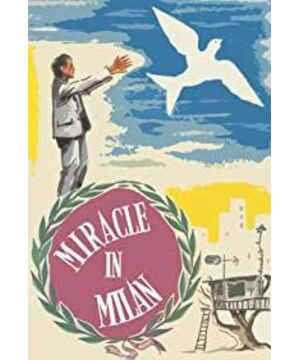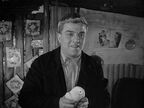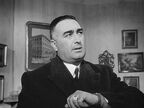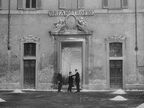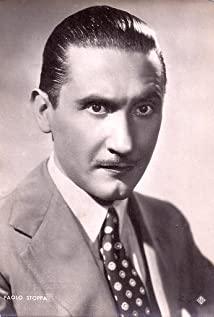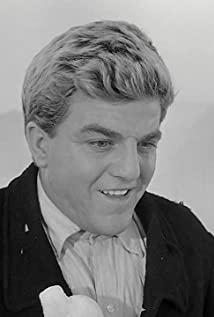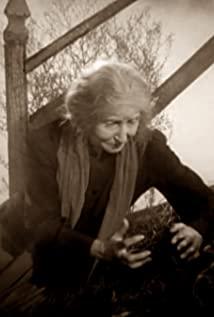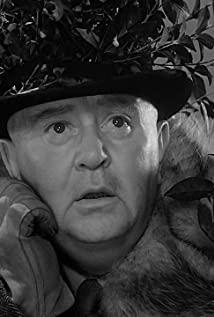It sounds like a sports documentary. It tells that in May of that year, AC Milan successfully avenged the same opponent Liverpool after two years and won the European Champions Cup again; the protagonist of the film is Inza. Ji, Kaka and Seedorf, the director is called Ancelotti.
In fact, this is a classic feature film that caused the empty streets of Italy more than 50 years ago. The film is an important work of De Sika following "The Bike Stealer" and "Shoe Shine Boy" and won the Palme d'Or in 1951. De Sica's "Bike Thief", "Shoe Shine Boy" and "The Wind Candle Tears" are similar in themes and expressions, which can be almost boiled down to a trilogy. "Milan’s Miracle" did not give up the critical tone of reality, but no longer has the strong documentary atmosphere and sadness in the above three films. The focus has also been shifted to the positive praise of the working people. The whole film is full of humor. The optimistic atmosphere looks like a fairy tale or fable.
Andre Bazin said that only De Sika can reproduce Chaplin's style to a large extent. The Chaplin style here should refer to the film's full of love, social criticism, and tearful expressions in laughter.
The comedy atmosphere of the film is first manifested in the image of the protagonist. Toto (TOTO, some people translate as Doudou, Taotao), a sincere and amiable young man, has an indescribable beautiful affection for the world. He has a strong sense of responsibility for the life group he is in, brings hope and enthusiasm to people's lives, and is almost an angelic incarnation of helping the world. Toto was an outcast picked up by an old woman from a vegetable plot. After the old woman died, Toto was sent to the orphanage until he grew up and left. He walked out of the door of the orphanage and greeted every stranger frankly and enthusiastically. The gentlemen on the road were well-dressed and hurried, thinking that he was over-enthusiastic, or simply insane; in our age, he might be thought of as a salesperson. , Because self-interested motives are thought to exist in every behavior.
There are many details in the film, which show the creator's rich whims and deepen the romantic style of the whole film.
Scene 1: Little Toto's negligence caused the milk on the stove to overflow. After the old woman came back, she didn't blame Toto, but put tiny houses and trees on the ground so that the overflowing milk looked like a winding river. The old and the young who depended on each other laughed, and from about this moment, Toto began to look at the world from a romantic point of view.
Scene 2: In a slum in the cold winter, a beam of sunlight shines through the gaps in the clouds, like a light projected on the stage, on the open space in front of the door. Dozens of poor people in ragged clothes squeezed in this little piece of sunlight, stomping their feet back to back to keep warm. They cherish this limited warmth and don't think it should be grief or sad, but like a lively collective dance.
Scene 3: Toto always has a strong warmth towards others, although this kind of warmth may seem redundant to others. In the ghetto neighborhood, when a dwarf came to face him, he bent his knees and pretended to be short; when a lame came, he suddenly limped when he walked; when a man with a crooked mouth came, he gave him a crooked mouth Smiley face. A timid and clumsy maid (later in love with Toto) accidentally splashed water on Toto. Toto did not want her to be blamed by her master, saying that he was afraid of the heat even in this cold winter. Pouring cold water on the body as proof. This detail strengthened his self-sacrificing angel image.
Scene 4: Toto gets a pigeon sent by the spirit of the old woman, which can realize any wish, and becomes a "universal Toto". A black man and a white woman fell in love without telling each other, each begging Toto to change their skin color so that they would match each other. As a result, when they want to express love, they find that each other has changed their original skin color. This place can be compared to the touching plot in O. Henry's novel "The Maggie's Gift".
In addition to praising, the director also has several pens, such as watching the sunset for a fee, telling the capitalists, the winning old man’s food alone, the poor people making material demands on the "universal trust", etc. It seems to be a criticism of the bottom society and shows theirs. Selfishness and blindness, hard-to-fill desires of a few people, and indifference to others of the same class.
The plot of the story is not complicated, mainly in fragmentary descriptions. The plot takes a turn for the worse after most of the film. Oil was discovered in the poor settlements. The poor could not resist the plunder of the capital chaebols and were eventually expelled from this habitat. Toto took everyone, like Harry Potter and his classmates in the magic school, rode a broomstick and flew away. To which side of the blissful land they flew? Is it heaven? The poor can only go to that unproven heaven? There is no place for them in the world? The director did not give an answer. The ending is poetic, although a bit unconvincing. Maybe a fairy tale is a fairy tale, and the power of a fairy tale lies in believing that all of this is beautiful, or that it will become beautiful after all.
In contrast, "The Clutch over the City", which also reflects the gap between the rich and the poor and reflects the land grab, exposes the nature of injustice and crime from a political perspective, and thus appears real and cruel.
View more about Miracle in Milan reviews


